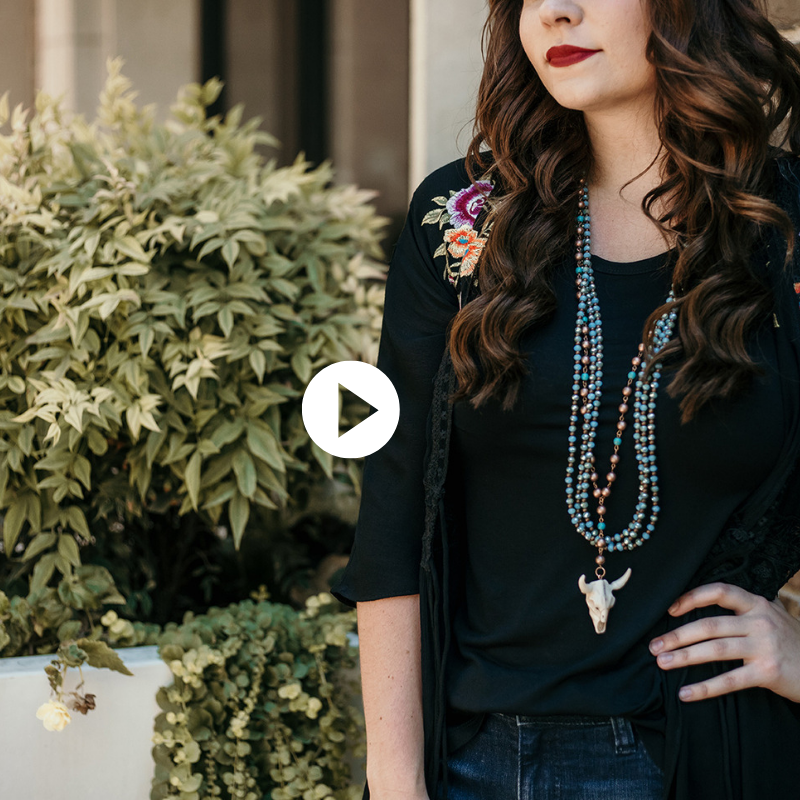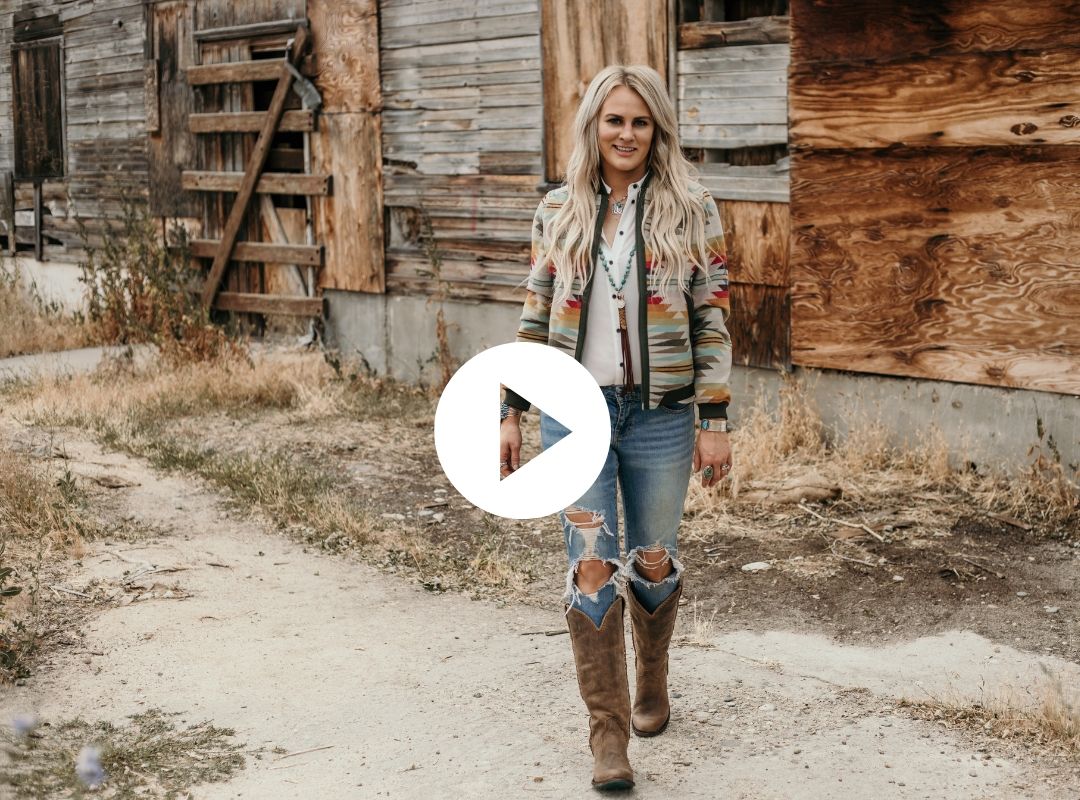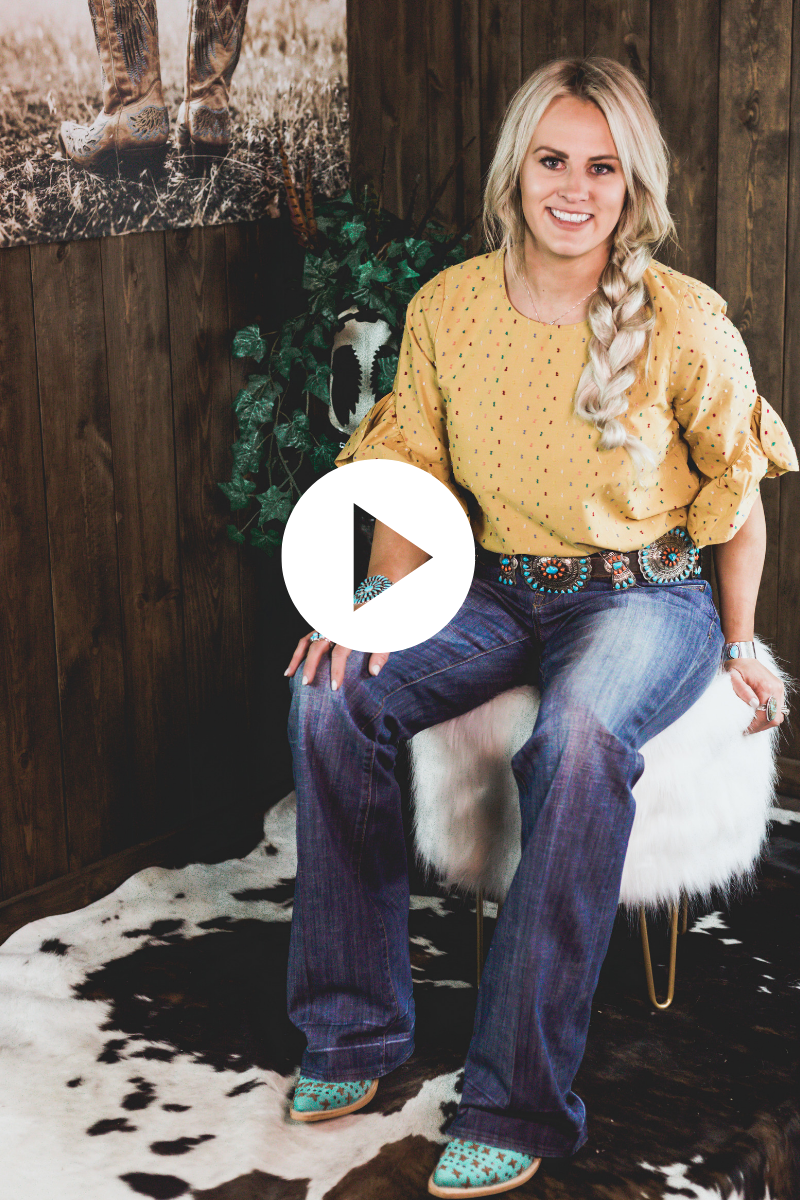Sizing 101
Hello ladies!
We know that one of the most stressful aspects of ordering online is trying to figure out your sizing and fit. We are writing this blog in hopes to give you a little more information that will help ease your mind and find the perfect fit for you!
Below is a guide that should help you determine what your boot size is.


BOOT SIZE
Measure your foot length
Stand on a piece of paper and mark the points at the back of your heel and tip of your toes. Measure the length in between as that’s your foot length.
Wear the kind of socks you will wear with your boots. Socks can add a 1/2 size to your feet.
Measure both feet as these may be different. If one foot is larger, choose the larger size. If you are between sizes, order 1/2 size up.
It may help to place your heel against a flat surface like a wall and measure from the wall to the tip of your big toe. Having someone trace your foot onto a sheet of paper can make it easier to get the right measurements.
Find your foot width
The heel measurement is taken around the heel and instep diagonally. Using a measuring tape, you’ll need to measure from the lowest part of your heel and go around up past your ankle to the highest point of your instep. This will determine the widest measurements of your feet and the best boot width for you. Make sure you do this for both feet and always use the largest foot measurements. Medium width for a woman’s boot is “M” width (medium or regular width). Wide width is labeled “W”.
Medium width for a man’s boot is “D” width. Wide width is labeled “EE”.
Once you get your foot length and width measurements, match your largest foot length and width measurements against our boot size chart.
Note, only selected styles are available in wide width. If your feet are a wide width (and the style of your selection is not offered in wide width), try ordering a 1/2 size larger than your normal size.
BOOT FIT
How to fit your boots
Try your boots on carpeted floor. This will allow you to see how they fit without showing any signs of wear on the boot. Sit down in a bend or in a chair. Grab the boot’s pull straps on each side of the boot and angle your foot downward into the shaft of the boot. Pull the boot up until you you feel a slight resistance on the shaft, or your foot reaches the heel/counter area. Now, continue pulling the boot gently toward you using the boot pull straps. Carefully stand up and step down into the boot allowing your foot to completely enter the boot.
Always try on both boots – your feet may be two different sizes. Remember to wear the same type of socks you have used to determine your boot size or wear socks that allow you to feel comfortable with your boots. Once the boots are on, there should be enough room in the toe area for your toes to move slightly. Snugness on the instep (vamp) is vital for a proper fit and will stretch out and go away. The leather should be snug across the instep, but not too tight. The instep of the boot should fit snugly over the top of the arch of your foot (more snugly than the fit in your normal shoe or sneaker). Your entire foot should feel snug in the boot except for your heel.
The heel of your foot should slip slightly. When a boot is new, the sole is stiff. As you wear the boot, the sole is flexed. With time most of the slippage you feel should disappear. If the slip feels excessive you may want to wear a thicker sock. Note though that a slippage is necessary to obtain a proper fit.
Your foot should rest comfortably at the widest part of the inner sole of the boot. Unlike feeling for the fit in your toes (as you would in trying on a shoe or sneaker), the proper location of the ball of your foot in the boot will ensure a good fit throughout. If the ball of your foot sits too far forward in the boot, your toes will uncomfortably crowd in the toe box of the boot. There should be at least a thumbs width of space between your toes and the end of your boot.
Here are a few suggestions that we have for you that might help!
- Remember that boots will naturally stretch as you break them in.
- Snip toe boots fit a little more snug than square toe boots so if you like some extra room, we suggest a 1/2 size up.
- If you have wide feet and a boot is not available in a Wide Width, we suggest ordering a 1/2 size up
- If you don't know if you have wide feet, you probably don't and your regular size should work just fine.
- If you're in between sizes, we suggest picking the larger of the two sizes
If you're anything like us, it took awhile to learn all the terminology of a boot and their fit. Understanding the "anatomy" (so to speak) of your boot will help you in finding your right fit and it's nice to be able to have a response when you hear someone say "How does the instep feel?" The what?! Here's a little guide that will help you sound like an expert. Plus, knowledge is power. Right?

We hope this helps! If you have any questions that aren't answered in this blog, shoot us an email at info@ruralhaze.com!
Xoxo,
Rural Haze Gals
Sizing chart and information curtesy of Corral Boots Austrailia



